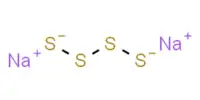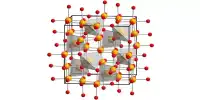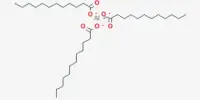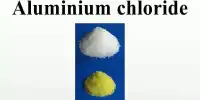The symbol pH is derived from the Danish word ‘potenz’ meaning power. Thus it’s means power of hydrogen ions.
In 1909, Sorensen suggested a new term of expressing the concentration of hydrogen ions known as pH. It is defined as the negative logarithm of H+ molar concentration in a solution.
Mathematically, it is expressed as,
pH = -log [H+]
or, pH = -log [H3O+] [In aqueous solution, H+ ion remain as H3O+ ion] Thus we have a scale in which the degree of acidity is expressed in power of [H+] values.
Advantages:
- Avoiding large fractional number: For neutral solution, at 298K, [H3O+] = [OH–] = 10-7 mol L-1 So, we get, pH = -log 10-7 = 7. This is how, we can avoid a large number by replacing an easy figure to indicate the acidity of the solution.
- Determining [H+] or [H30+]: If the power of [H+] value is known, then we can also determine the [H+]. For example, the pH of Johnson’s soap is 5.5.
We know, pH = -log [H+]
or, [H+] = log-1 (-5.5)
= 3.162 x 10-6 mol L-1
- Avoiding negative value: The power of [H+] in a solution appears as negative e.g. 10-6, 10-5, 10-4, etc. In order to remove such negative power which are difficult to remember, the pH is used.














